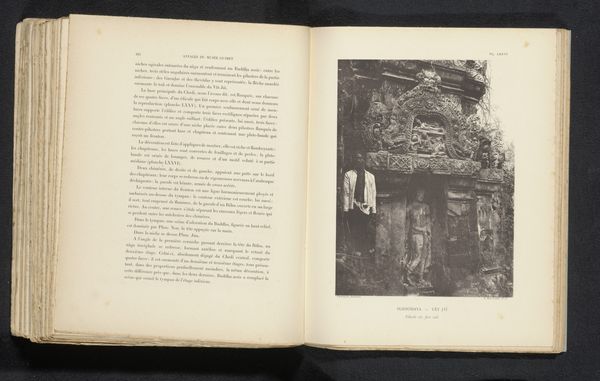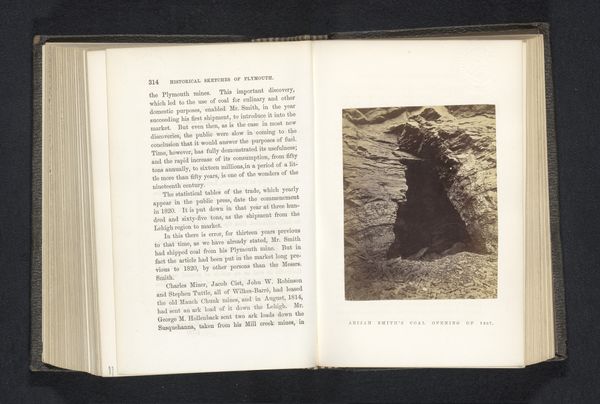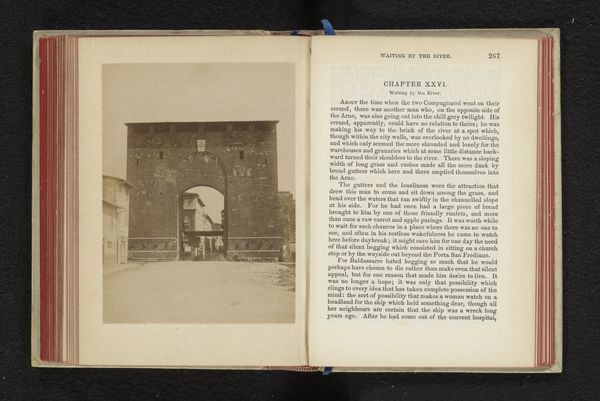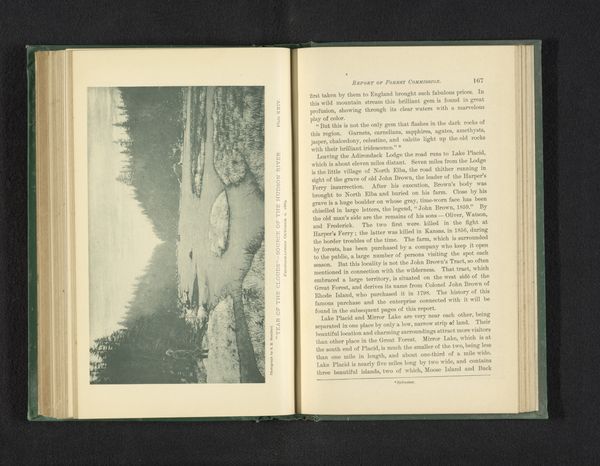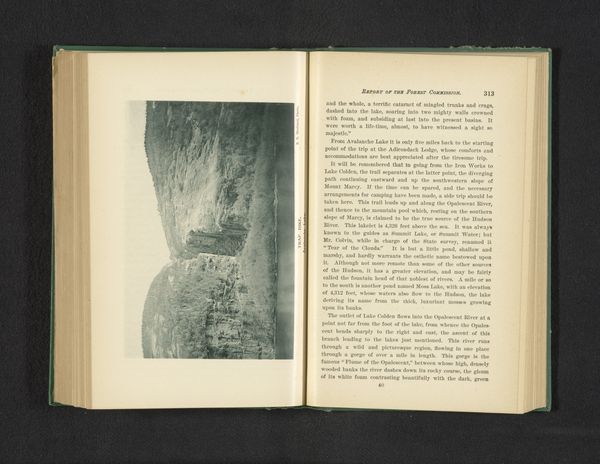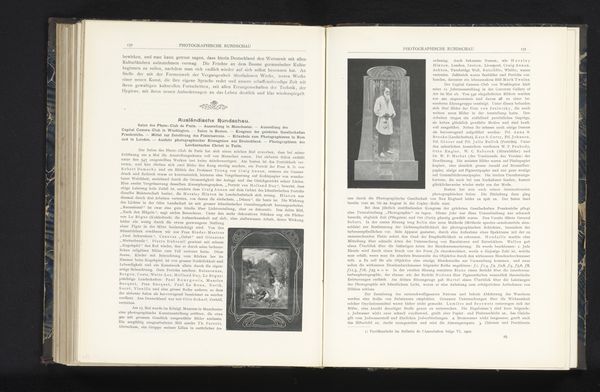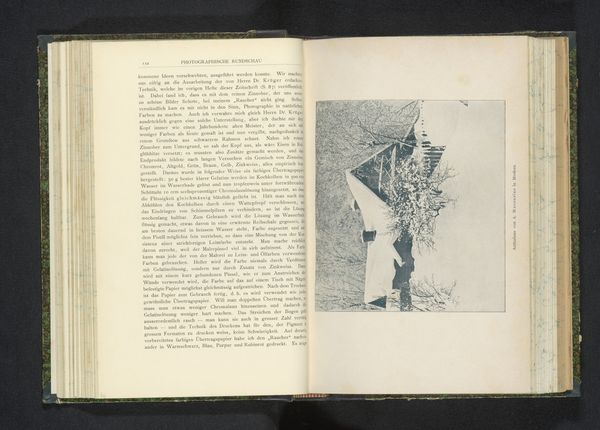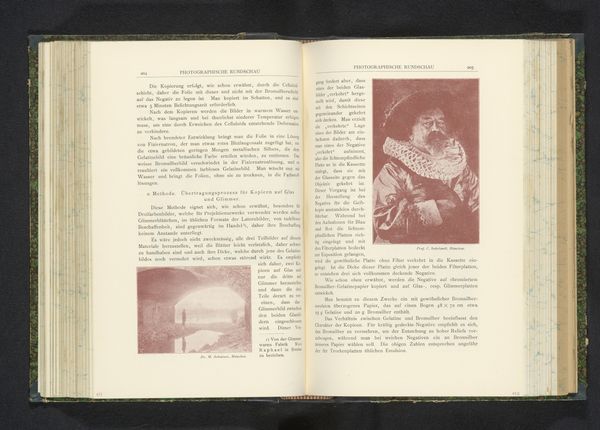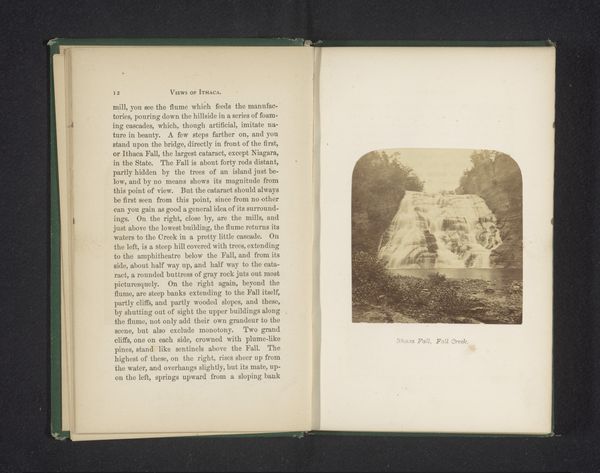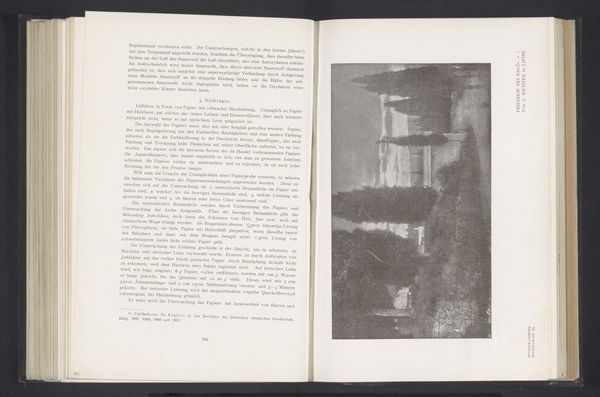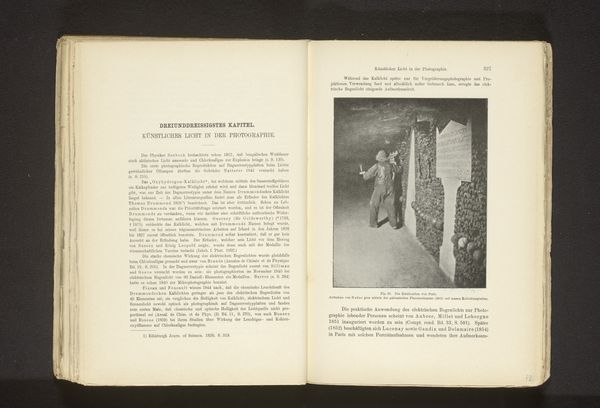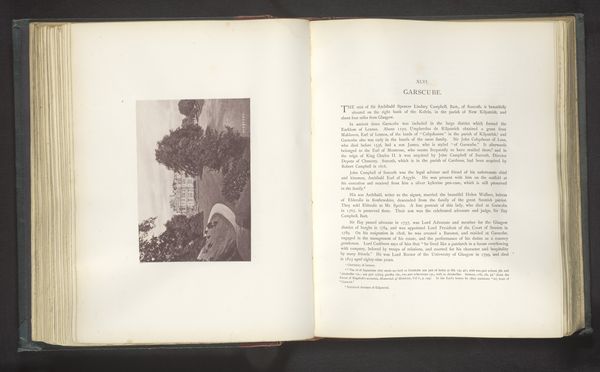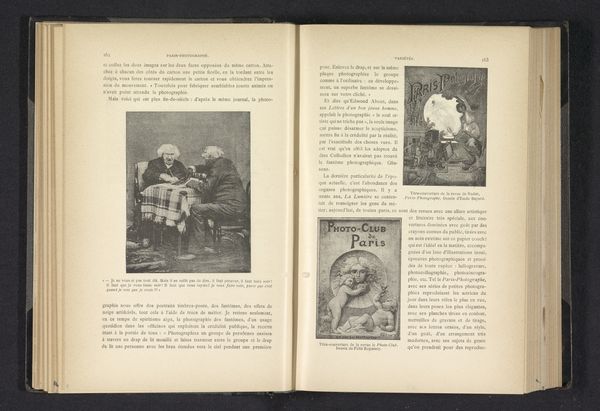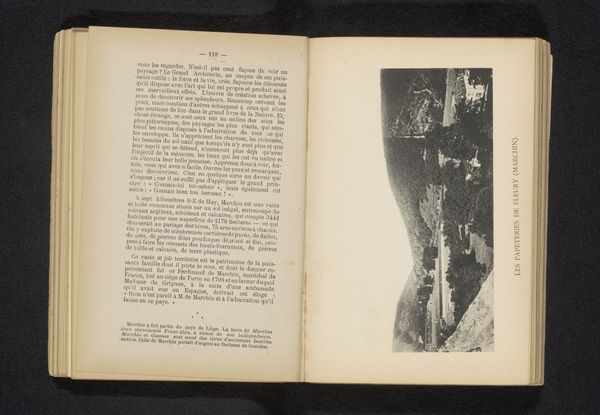
print, photography
#
portrait
# print
#
book
#
photography
Dimensions: height 103 mm, width 82 mm
Copyright: Rijks Museum: Open Domain
Curator: Here we have an image of an open book. The page on the right displays "Portret van een onbekend jong meisje," which, translated, is "Portrait of an Unknown Young Girl," dating from before 1899. It's held at the Rijksmuseum, a captivating print within a photographic journal. Editor: My first impression is one of poignant stillness. There's a melancholic atmosphere surrounding this portrait. It looks fragile, as if a whisper might crumble its quietude. Curator: The fact that it is captured through the medium of photography, and reproduced within a book, already adds layers to its story. The image is likely of a member of the rising bourgeois class, interested in documenting and disseminating images. What do we know about how the subject would engage with their image being used in this manner? Editor: Precisely. Considering that this appeared in a photographic journal, who was this publication aimed at? And what statements can be read in its very inclusion? Perhaps to signal technological advancement through the very act of disseminating a photograph. Was it purely documentation or were certain aesthetic choices foregrounding particular bourgeois tastes? Curator: Right, thinking about portraiture more broadly, and its place within society; consider who had access to commissioning such portraits. By this point photography made it a more democratized possibility than a painted portrait, yet, there are layers of gender and age—as it is, the "unknown young girl"—that also add nuance. Editor: She isn't posed as someone powerful, rather it speaks of innocence—the delicacy of the lace, for example—or even a statement on the beauty of youth, as dictated by the dominant patriarchal culture of that time. Is this captured to fetishize innocence? To highlight ideals of youthful femininity? Curator: Those ideas can't be separated from this work, given her obscured position within cultural and social hierarchies. These contexts give new readings to the image beyond being simply representational; as an art piece of social and political history. Editor: This artwork reminds us how even seemingly straightforward portraits hold complex social narratives about identity and representation. Curator: Indeed, and exploring it reminds us to be conscious of those layers every time we see a picture.
Comments
No comments
Be the first to comment and join the conversation on the ultimate creative platform.
